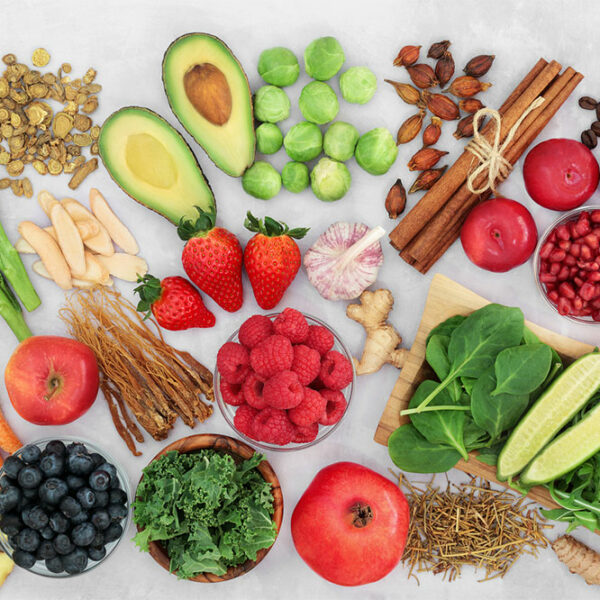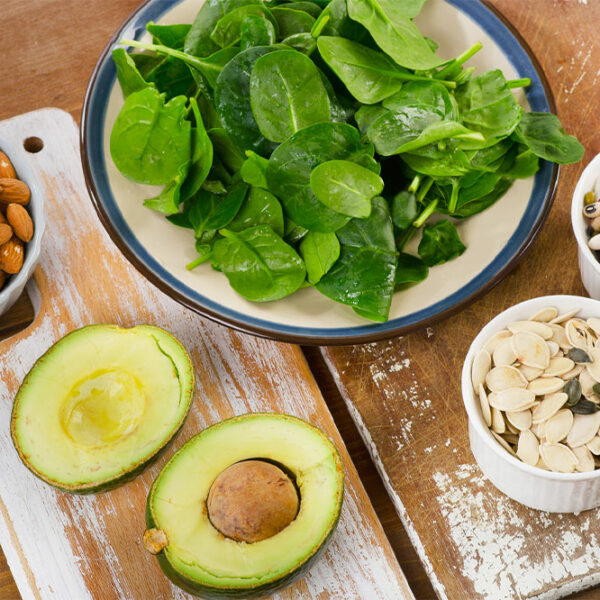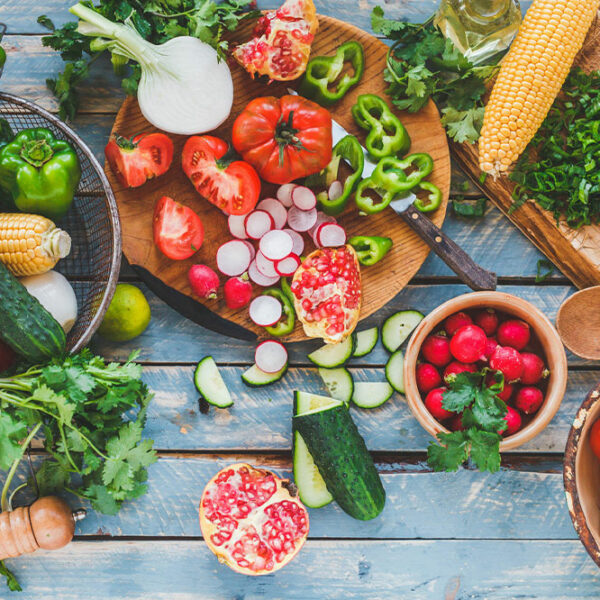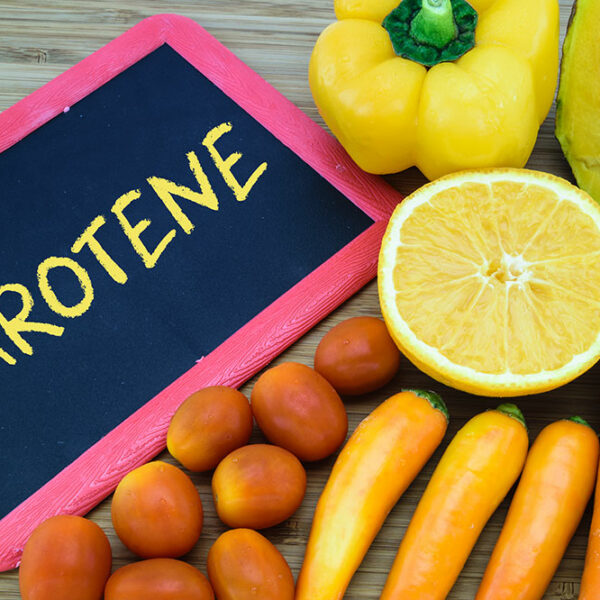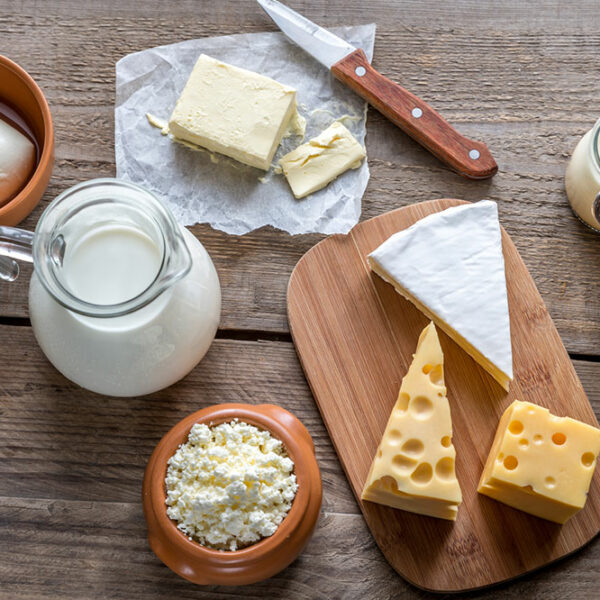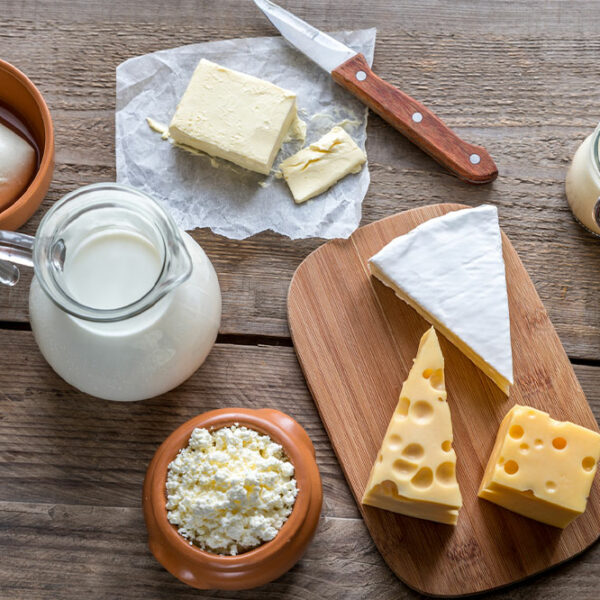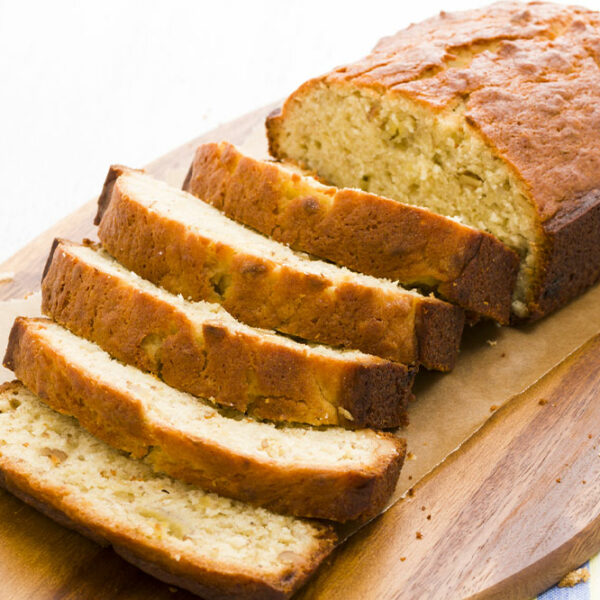
Portable ultrasound machines – Types and top choices
There are a bunch of portable ultrasound machines developed by renowned brands that one can select from. Each brand offers different types of portable devices, including cart-based ultrasound systems, laptop-based ultrasound machines, even tablet-based systems. That said, one should consider the machines’ capabilities and the required functionality for their healthcare practice as the prices and features vary across these types. Read on to know what features to expect in a portable ultrasound machine. High-end portable ultrasound machines High-end portable ultrasound machines pack all the bells and whistles. That said, when it comes to availability, the high-end segment is a niche as compared to the more cost-effective options in the market. A few popular portable ultrasound machines in this segment are the Mindray M8 Elite, Philips CX50, and GE Vivid iq. These devices combine ease of usage with top-notch features like advanced computing capabilities, premium imaging, and an enhanced signal-to-noise ratio. Mid-range portable ultrasound machines One can find a wide variety of mid-range portable ultrasound machines to pick from. And while they are not as good as the high-end systems, even the mid-range systems offer exceptional image quality, quick diagnoses, and simplified workflows in various common scanning applications. These mid-range devices are suitable for hospital departments like radiology and physicians in small practices who need to move the portable machine from one room to another.

